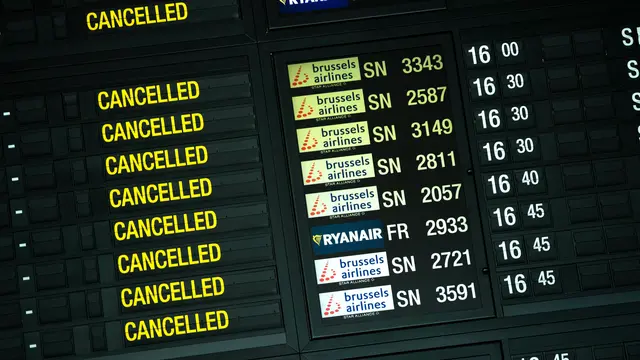By APD writer Melo M. Acuna
MANILA, Oct. 4(APD) – Most cities in East Asia and the Pacific have failed to build infrastructure, provide jobs and extend services to people who continue to flock to urban centers in search of better lives.
This was how the World Bank report entitled Expanding Opportunities for the Urban Poor mirrored the situation.
In a teleconference with media practitioners in Bangkok, Hanoi, Jakarta, Singapore and Manila Tuesday morning, World Bank officials led by Victoria Kwakwa, Vice President for East Asia and the Pacific, speaking from Singapore said the region is the world’s most rapidly urbanizing region with an average annual urbanization rate of 3 percent.
She said more people are moving to cities creating inequality in basic services as governments will have to build more infrastructure, create jobs and provide services.
Mr. Abhas Jha, World Bank’s sector manager for Transport, Urban and Disaster Risk Management, East Asia and the Pacific said the poor would need jobs, transport facilities and resilience.
The report revealed by 2018, half of the region’s population will be urban with more than 1.2 billiion people in all or one-third of the world’s urban population.
“City-led growth has helped lift 655 million people out of poverty for the last two decades,” the World Bank report revealed.
People sit in front of makeshift living quarters, as a commuter train passes through, near a slum area in Jakarta, Indonesia September 12, 2017.
However, the region plays host to the world’s largest slum population of 250 million with poor-quality housing, limited access to basic services and at the risk to hazards such as flooding and climate-change related events.
Singapore’s economy grew at at average of 8 percent annually from the 1970s to the 1980s which provided infrastructure, affordable housing and social services.
The same report said China, Indonesia and the Philippines are the top three countries where urban poor are found with 75 million people in the region living with less than US$ 3.10 a day.
Ms. Judy Baker, World Bank Lead Urban Specialist and lead author of the report was quoted saying “rapid urbanization is a challenge and an opportunity.”
She emphasized once governments provide low-income residents with affordable transport services or housing, they can save for their children’s education.
“Ensure that social protection programs are in place to help families cope during difficult times, such as in the aftermath of natural disasters,” she further said in her statement.
World Bank said successful programs include the cash transfer programs including the Urban Di Bao program in China and the Pantawid Pamilya conditional cash transfer program in the Philippines.
They also cited the slum upgrading program in Indonesia which provided improved water supply, drainage, road paving, solid waste services along.
The micro-finance program in Vietnam was also cited one of the success stories.
This program enabled residents to invest in upgrading their homes.
On transport programs, World Bank said a project in Northeast China incorporates the needs of low-income residents, most of who were pedestrians and the disabled in the design of bus stops, intersections and sidewalks.
“Amongst the challenges faced by the poor is the lack of access to jobs, public transport and other infrastructure, and affordable housing,” the report revealed.
It said in Ulaanbaatar in Mongolia, low-income commuters spend as much as 24 to 36 percent of their monthly expense on bus fare.
The report said in Indonesia, 27 percent and in the Philippines 21 percent of the urban population have no access to effective sanitation facilities.
The findings encourage city governments to have a multi-dimensional approach to planning, incorporating aspects of economic, spatial and social inclusion to foster economic growth and reduce povery.
However, although six out of the world’s 10 mega-cities are in East Asia, urban poverty is more prevalent in secondary cities, which are growing in importance and as of 2010, small and medium cities account for one fourth of all cities in the region.
The report underscored the need for connecting the urban poor with job markets, investing in integrated urban planning, ensuring affordable land and housing, recognizing the rights of all citizens to the city and targeting marginalized sub-groups among the urban poor.
There is also a need to strengthen local governance and encouraging citizen engagement and investments in better data and information systems, for evidence-based policy making.
Asked if a co-relation exists between poverty and criminality, Mr. Jha, said there’s none in the region. This comes after reports about the Philippine government’s relentless campaign against illegal drugs which often had arrests and deaths from the poorer areas in urban centers.
(ASIA PACIFIC DAILY)
 简体中文
简体中文

